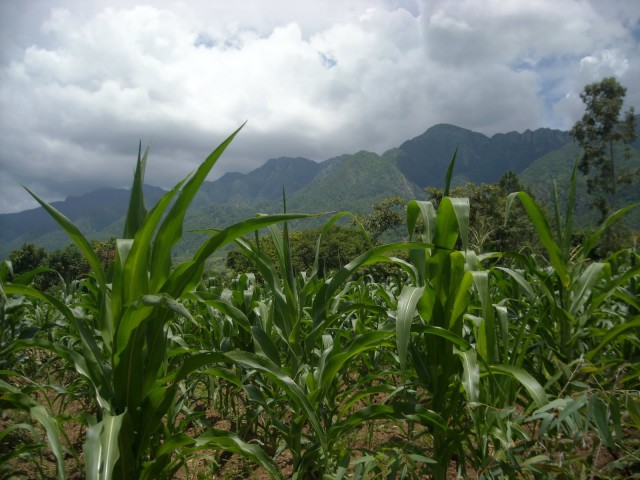
How new technologies can make a difference to rural smallholder farmers.
23rd November 2017
Some of you may have seen this piece on the BBC about “How missing weather data is a ‘life and death’ issue”. It’s about tech start-up Kukua, and the weather stations they have installed in Tanzania to help provide local commercial farmers with better forecasts. Kukua is a business with a rather unusual business model: they use the margin they make on selling weather forecasts to fund delivering the same forecast data, for free, to local smallholder farmers. Put another way, their commercial operations fund philanthropy. This is very original, very smart, and takes them out of the cycle of seeking donations or grants which makes planning much more uncertain for lots of NGOs.
We met Kukua through our work at the Walker Institute on HyCristal and a couple of other projects. Peter Gibbs is Kukua’s meteorology adviser and ex-BBC weatherman; he features in the BBC news item mentioned above. We discussed the huge value of the forecasts to smallholder farmers, which are delivered as SMS messages (smart phones are still rare in rural areas in Africa). This got me thinking about how we could use other data to add further value, and to target information. For example, with local livelihoods data we would know which locality was about to plant for example, beans or maize and could send them targeted messages if the forecast indicated it could be critical for them. And maybe if we had soil moisture models from historic rainfall records we could help even more.
Peter pointed out that the recipients are farmers; they know what they are doing. The best we can do is get them better information to base their decisions on. But this story has further reinforced for me of the huge potential value of data.
The Household Economy Approach (HEA) has provided a lot of value over the years from livelihoods data, but it has mostly delivered that to governments and international agencies. When we were in Kampala in July we met with regional administrators, to discuss what data would be valuable for them as they work with their communities; and we’re developing some of the ideas they gave us right now. Kukua’s success takes it one step further – down to individual families. It’s clear that more data helps, but only if it’s the right data. One of the themes that emerged in the workshop in Kampala, was that a mass of data in itself solves no problems. We also talked about delivery of data, for example dashboards for office-based folk, and text reports for people with less access to technology. Data needs to be delivered in the easiest and most accessible format for the users of that data. In Kukua’s example, they deliver data by SMS, because it’s the right channel for the farmers they are helping.
And that’s a lesson to apply everywhere, if you want people to benefit from data, it’s got to be the right data, in the right form, delivered through the right medium, in the right timescale. I’m currently working on a database, which we are building at the Walker Institute to try to address exactly these challenges. We are using a range of data from different sources including livelihoods, rainfall, weather forecasts and crop yield data. It’s a big job, and I think it’s going to keep me busy for a while. I’ll let you know how I get on!
Categories: Climate change, Data, Disasters and emergencies, Famine prevention and food security, HEA, Livelihoods, Technology, The organisation

Comments
No comments yet.
The comments are closed.